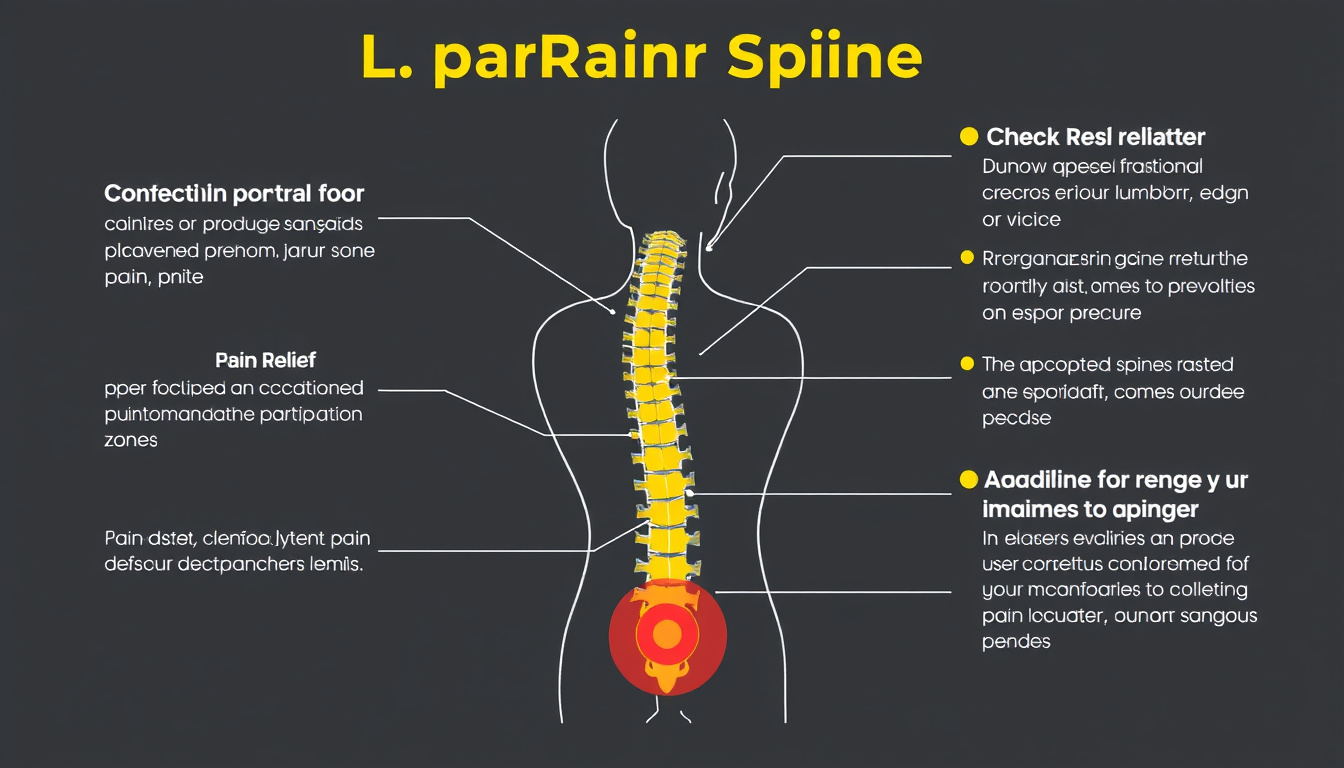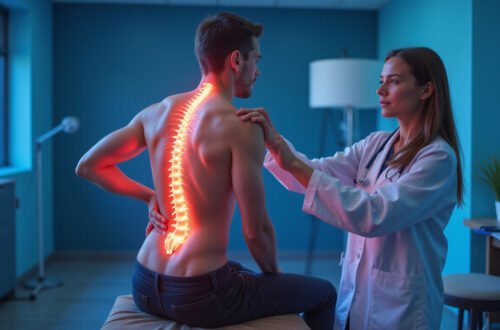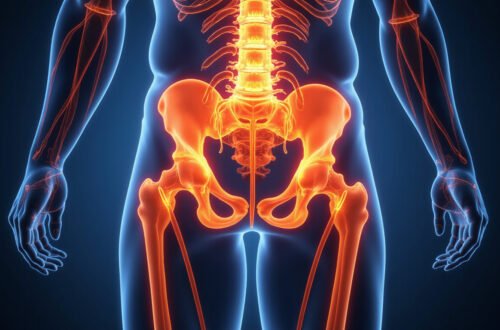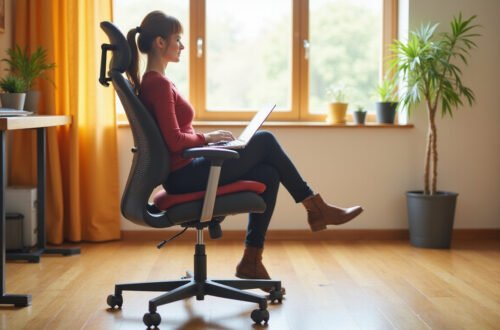Lower back pain, often referred to as lumbar pain, affects millions worldwide, impairing daily activities and diminishing quality of life. If you are searching for lumbar pain relief, understanding the causes and exploring effective strategies can help you manage and alleviate discomfort. This comprehensive guide aims to provide practical solutions to reduce lumbar pain, improve mobility, and restore comfort.
Understanding Lumbar Pain: Causes and Symptoms
Lumbar pain originates in the lower back region, which bears much of the body’s weight and facilitates movement. Common causes include muscle strains, ligament sprains, herniated discs, spinal stenosis, or degenerative disc disease. Symptoms often include a dull ache, sharp stabbing sensations, stiffness, and sometimes radiating pain into the legs or buttocks.
Recognizing the root cause of lumbar pain is crucial for selecting appropriate treatment options. Consulting a healthcare professional is recommended for persistent or severe discomfort.
Effective Strategies for Lumbar Pain Relief
Relieving lumbar pain requires a combination of lifestyle adjustments, targeted exercises, and, in some cases, medical intervention. Below are some proven strategies:
1. Maintain Proper Posture
Poor posture, especially during prolonged sitting or standing, can strain the lumbar region. Practice ergonomically sound habits such as:
- Sitting with feet flat on the floor
- Using an ergonomic chair that supports the natural curve of your spine
- Keeping your back straight and shoulders relaxed
- Avoiding slouching or leaning forward excessively
2. Incorporate Gentle Exercise and Stretching
Regular movement helps strengthen the supportive muscles around the lumbar spine and reduces stiffness. Consider incorporating:
- Pelvic tilts
- Child’s pose
- Cat-cow stretches
- Gentle walking
Always consult a physical therapist before starting new exercises, especially if pain is severe.
3. Apply Heat or Cold Therapy
Using heat packs can relax tense muscles and improve blood flow, while cold packs reduce inflammation and numb sharp pain. Applying each for 15-20 minutes can significantly alleviate lumbar discomfort.
4. Use Over-the-Counter Pain Relievers
Non-steroidal anti-inflammatory drugs (NSAIDs), such as ibuprofen or naproxen, can provide temporary pain relief. Use as directed and consult your doctor before long-term use.
5. Practice Core Strengthening Exercises
Strong core muscles stabilize the lumbar spine and prevent future injury. Incorporate exercises like planks, bridges, and abdominal crunches into your routine, but only after professional guidance.
6. Consider Professional Treatments
If pain persists beyond a few weeks, treatments like physical therapy, chiropractic adjustments, or acupuncture may provide relief. In severe cases, medical interventions such as injections or surgery might be necessary, but these are typically last-resort options.
7. Maintain a Healthy Weight
Excess weight places additional stress on the lumbar spine. Achieving and maintaining a healthy weight through balanced nutrition and regular activity can significantly reduce lumbar discomfort.
8. Ergonomic Adjustments in Daily Life
Make modifications in your workspace and daily routines:
- Use supportive footwear
- Adjust your workstation to avoid strain
- Take frequent breaks during prolonged sitting
- Sleep on a supportive mattress in a position that keeps your spine aligned
Practical Tips for Long-Term Lumbar Pain Prevention
Preventing lumbar pain is often more effective than treating it. Here’s a list of actionable tips:
- Prioritize core strengthening exercises.
- Maintain good posture habits.
- Avoid heavy lifting; if necessary, use proper technique.
- Engage in low-impact aerobic activities like swimming or cycling.
- Manage stress through relaxation techniques, as stress can increase muscle tension.
When to Seek Medical Assistance
While minor lumbar discomfort can often be managed with these strategies, seek medical help if you experience:
- Persistent pain lasting more than three weeks
- Severe pain that interrupts daily activities
- Pain accompanied by numbness, tingling, or weakness in the legs
- Loss of bladder or bowel control
Early intervention can prevent chronic conditions and facilitate more effective treatment.
Frequently Asked Questions about Lumbar Pain Relief
Q1: What are the most effective methods for lumbar pain relief?
A: Combining proper posture, regular gentle exercise, heat and cold therapy, and appropriate medication usually yields the best results. Consulting a healthcare professional for tailored treatment is also advisable.
Q2: How can I prevent lumbar pain in the future?
A: Maintain a healthy weight, improve posture, strengthen core muscles, and avoid prolonged periods of inactivity or improper lifting techniques.
Q3: Is specific exercise recommended for lumbar pain relief?
A: Yes. Gentle stretching and strengthening exercises targeting the core and lower back can help alleviate and prevent lumbar pain. Always consult a physical therapist before starting any new exercise regimen.
Conclusion: Take Action to Achieve Lumbar Comfort
Lumbar pain relief is achievable through a combination of lifestyle modifications, targeted exercises, and seeking professional guidance when needed. The key is consistency—adopting habits that support spinal health can lead to lasting relief and a significant improvement in your quality of life. Don’t let lumbar discomfort control your days; take proactive steps today to safeguard your back health. Remember, a healthy spine supports a healthy you!

If you’re experiencing persistent lumbar pain, contact a healthcare professional to develop a personalized treatment plan. Your journey to a pain-free back starts now—embrace the strategies discussed and prioritize your lumbar health for a more comfortable tomorrow.






